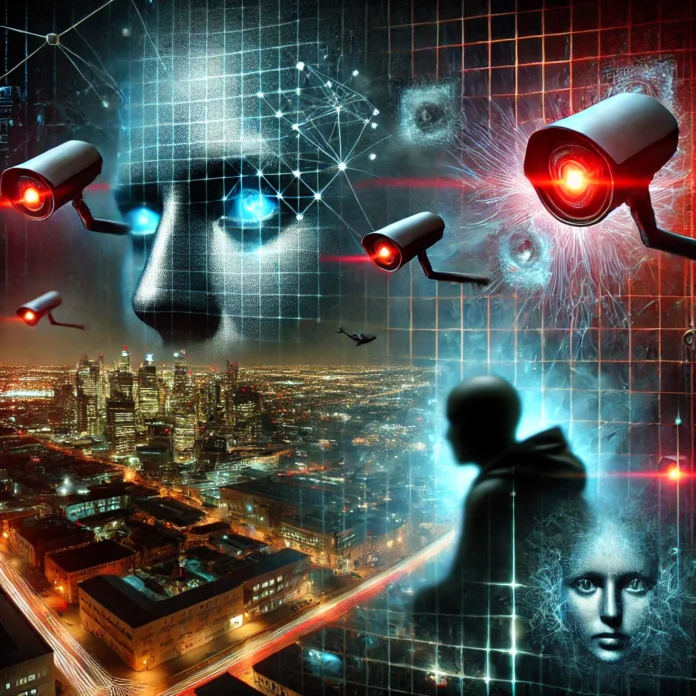Artificial Intelligence (AI) has revolutionized surveillance, enabling advanced systems that enhance security by monitoring vast areas, identifying threats, and analyzing behaviors in real-time. However, as AI-driven surveillance becomes more pervasive, it raises significant ethical concerns about privacy, accountability, and the potential misuse of technology. Striking a balance between security and individual rights is essential to ensure that AI serves the public good without compromising fundamental freedoms.
How AI is Transforming Surveillance
AI-powered surveillance systems leverage machine learning, computer vision, and data analytics to process information faster and more accurately than traditional methods.
1. Facial Recognition
AI systems such as Clearview AI use facial recognition technology to identify individuals in public spaces. By comparing faces against databases, these systems can track movements, identify suspects, and prevent crimes.
2. Behavior Analysis
AI systems analyze video feeds to detect unusual or potentially dangerous behaviors, such as loitering, crowd formation, or erratic movements. These capabilities are particularly useful for monitoring public places like airports, stadiums, and shopping malls.
3. Predictive Surveillance
AI predicts potential criminal activities by analyzing historical data, social media activity, and movement patterns. Cities like Los Angeles have implemented predictive policing programs to allocate resources more effectively.
Benefits of AI in Surveillance
1. Enhanced Public Safety
AI systems can identify threats in real-time, enabling faster responses to emergencies such as active shooter situations or terrorist attacks.
2. Crime Prevention
Predictive analytics help law enforcement anticipate criminal activity, reducing incidents before they occur. For example, AI-driven systems have been credited with lowering crime rates in certain neighborhoods through proactive intervention.
3. Operational Efficiency
By automating the analysis of surveillance footage, AI reduces the workload for security personnel, allowing them to focus on critical tasks.
The Privacy Concerns
1. Mass Surveillance
AI enables governments and corporations to monitor individuals on an unprecedented scale. In countries with limited oversight, such as China, AI-driven surveillance networks have been criticized for enabling mass surveillance that infringes on citizens’ privacy and autonomy.
2. Data Misuse
The vast amounts of data collected by AI systems are vulnerable to misuse, including unauthorized access, leaks, or exploitation for non-security purposes. Sensitive information could be weaponized against individuals or groups.
3. False Positives and Bias
AI systems are not infallible. Errors in facial recognition or behavior analysis can lead to false accusations, racial profiling, or discrimination. Studies have shown that facial recognition algorithms often struggle with accuracy when identifying women or people of color, raising concerns about systemic bias.
Ethical Considerations and Accountability
The ethical use of AI in surveillance requires clear policies and robust oversight mechanisms. Key measures include:
- Transparency: Informing citizens about when and how AI surveillance is used.
- Data Protection: Ensuring that data collection and storage adhere to strict security standards.
- Bias Mitigation: Regularly auditing AI systems to identify and correct biases.
- Independent Oversight: Establishing third-party organizations to monitor the use of surveillance technologies.
Conclusion
AI has transformed surveillance into a powerful tool for enhancing security, but it also poses significant risks to privacy and civil liberties. As society continues to integrate AI-driven surveillance, it is imperative to establish ethical frameworks that prioritize transparency, accountability, and individual rights. Striking a balance between security and privacy will determine whether AI serves as a tool for public good or a gateway to unchecked surveillance.





